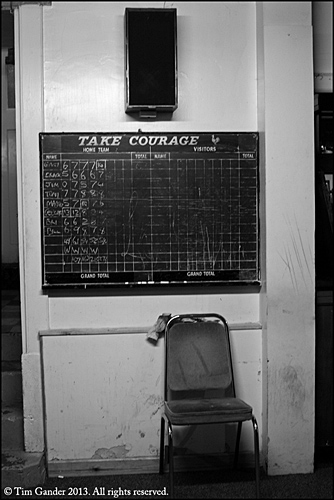The inspiration for this week’s blog comes courtesy of my good twitter friend Lau Merritt (@lau_merritt) who happened to mention she thought I looked rather like the late Mexican photographer Manuel Álvarez Bravo. I note two things in Lau’s comparison. Firstly that it is my looks and not my style which is reminiscent of the father of Mexican photography, and secondly that having been born in 1902 most portraits of the artist himself are of a much older man. I’ll not take it personally because if I have such an incredible face by the time I’m into my 80s I’ll be happy and when it comes to my work, I know I move in more prosaic circles. Besides which I know Lau well enough to know she only means it in the kindest sense.
I’m grateful that she mentioned this chap because I hadn’t come across Álvarez Bravo’s work before, and I’ve not had time to research it much beyond his official website, but I highly recommend a look and I’ll be seeking out more of his work in due course because it really is fascinating.
Álvarez Bravo’s archive stretches from the 1920s to as recently as the 1990s and what strikes me is how broad his themes are and yet how little they change over time. His work encompasses landscapes, still-life, portraits, nudes, photojournalism, portraiture, from the political to the fanciful, but always with a style which might remind you of Cartier-Bresson or Werner Bischof, but which is definitely his own voice.
I’m not much cop at talking artsy fartsy stuff about photography, but I’ll happily share some impressions here. Álvarez Bravo’s work is of a very particular type; some simple studies of light and shape, the use of lines, shapes and motion to draw attention to whatever it is we’re meant to take note of in a photo and expansive landscapes designed to make us realise our own insignificance and mortality.
Like Bresson, Álvarez Bravo’s archive includes photos we would find difficult to take and distasteful in today’s society (see Boy Urinating, 1927 in the 1920’s archive). He deals a lot with death through depictions of the dead and the paraphernalia of death, even symbolic representations of death in the shape of subjects unrelated to death itself. His nudes rarely show the model’s face, also suggesting the the body as separate from the being and therefore subject to ageing and decay.
I’m really glad Lau brought my attention to Álvarez Bravo, and I’ll take any comparison as a compliment. In the meantime I’m going to have to get cracking if I want to leave such a powerful photographic legacy as his.

